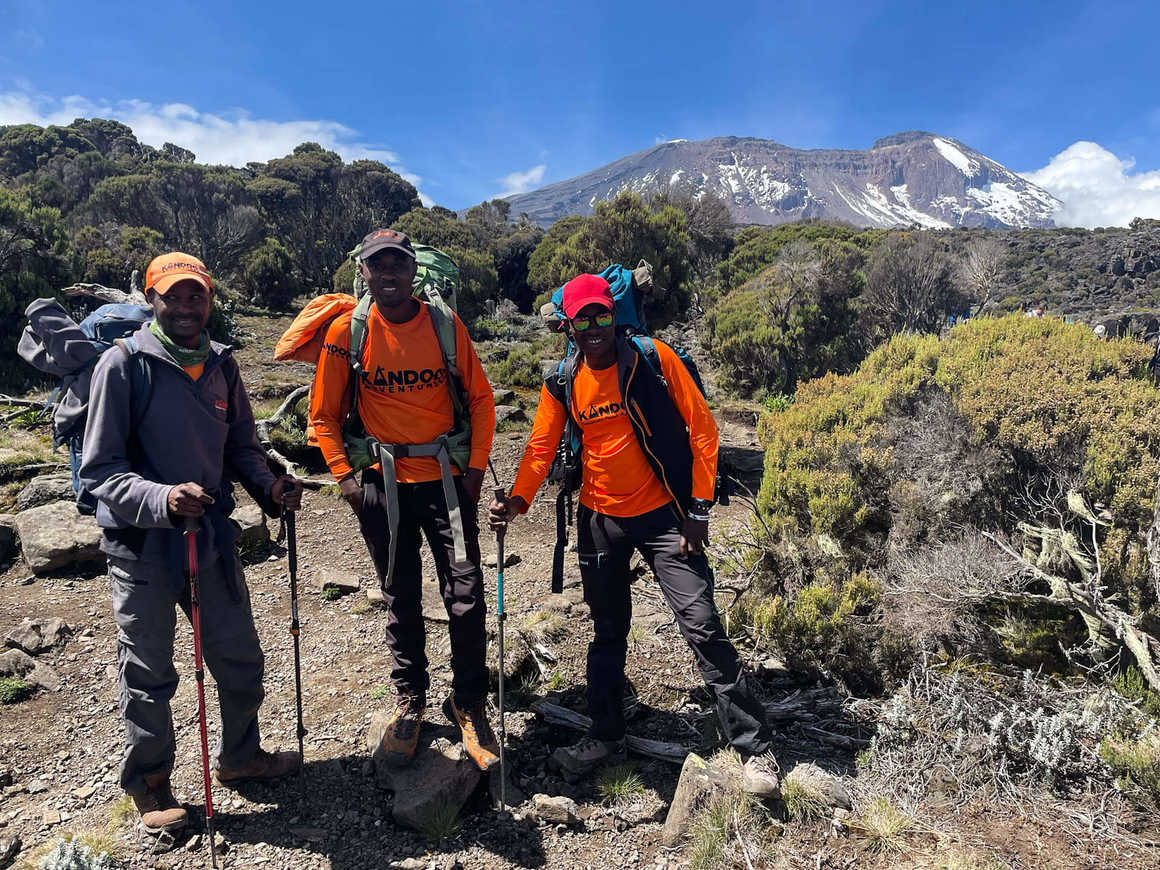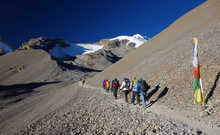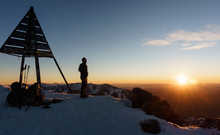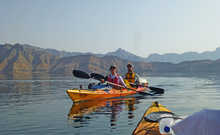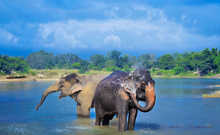What I Wish I Knew Before Climbing Kilimanjaro
But how are you to know what to expect without climbing
Kilimanjaro yourself? This guide will cover some of the most important things
our experienced team and guides have said they wish they knew before climbing
Kilimanjaro to make the journey to the summit as smooth and enjoyable as
possible.
From the importance of physical preparation to our equipment
recommendations for climbing Kilimanjaro, we’ll be sharing invaluable
advice from the team at Kandoo Adventures on what to expect from your
Kilimanjaro trek. So, read on for some insightful tips and guidance about
climbing Kilimanjaro before you embark on this once-in-a-lifetime adventure.
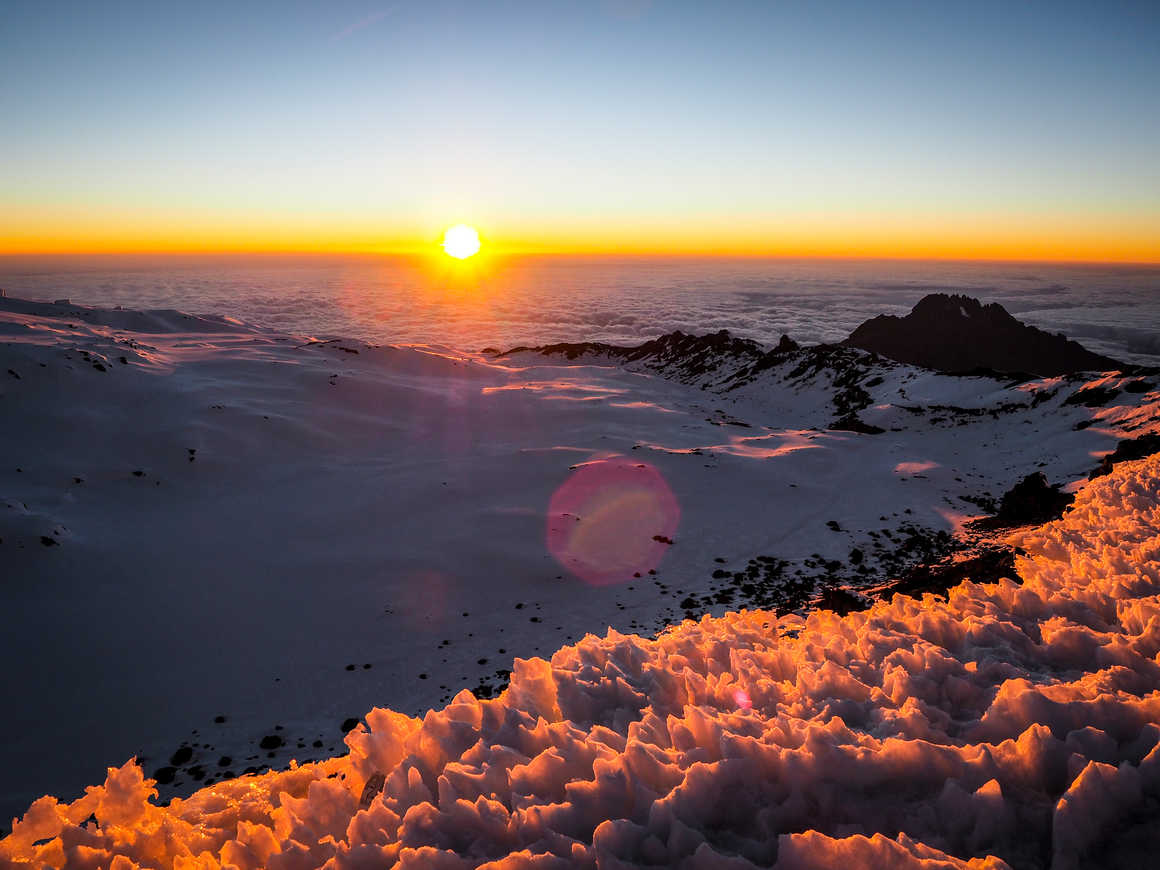
1. Bring layers
Kilimanjaro has its own climate zones which can be split
into 4 distinct areas and the weather changes drastically as you ascend the
mountain. The highest area, known as the Glacial zone, is often covered in snow
and the high winds at this altitude make the temperature feel far lower than it
is.
The best thing you can do is bring lots of layers as you can
add or remove pieces of clothing to adapt to changing weather, activity level
and body temperature. Check out our Kilimanjaro gear list for a more
detailed list of all the clothing you need to climb Kilimanjaro.
2. Drink plenty of water
Drinking plenty of water is even more important than eating
when climbing Kilimanjaro. Your guides will encourage you to drink water all
day long even if you don’t feel thirsty and the general rule of thumb is that
you need to drink at least 3 litres of water per day on this high-altitude
expedition.
3. Prepare for altitude sickness
Minor symptoms of altitude sickness such as headaches can be
treated with painkillers and by maintaining your water intake. The drug Acetazolamide
(Diamox) is also widely considered to be effective in managing altitude
sickness and can be bought before your departure to Kilimanjaro.
4. The climb is not as technical as you think
Before attempting to climb Kilimanjaro you will need to
train your body to cope with long periods of physical exertion. Not only this,
but you need to be extremely mentally resilient for the best chance of success.
Each of the seven routes requires a demanding 8 hours of walking up to 1500m of
ascent each day, but the trek requires no real mountaineering skills.
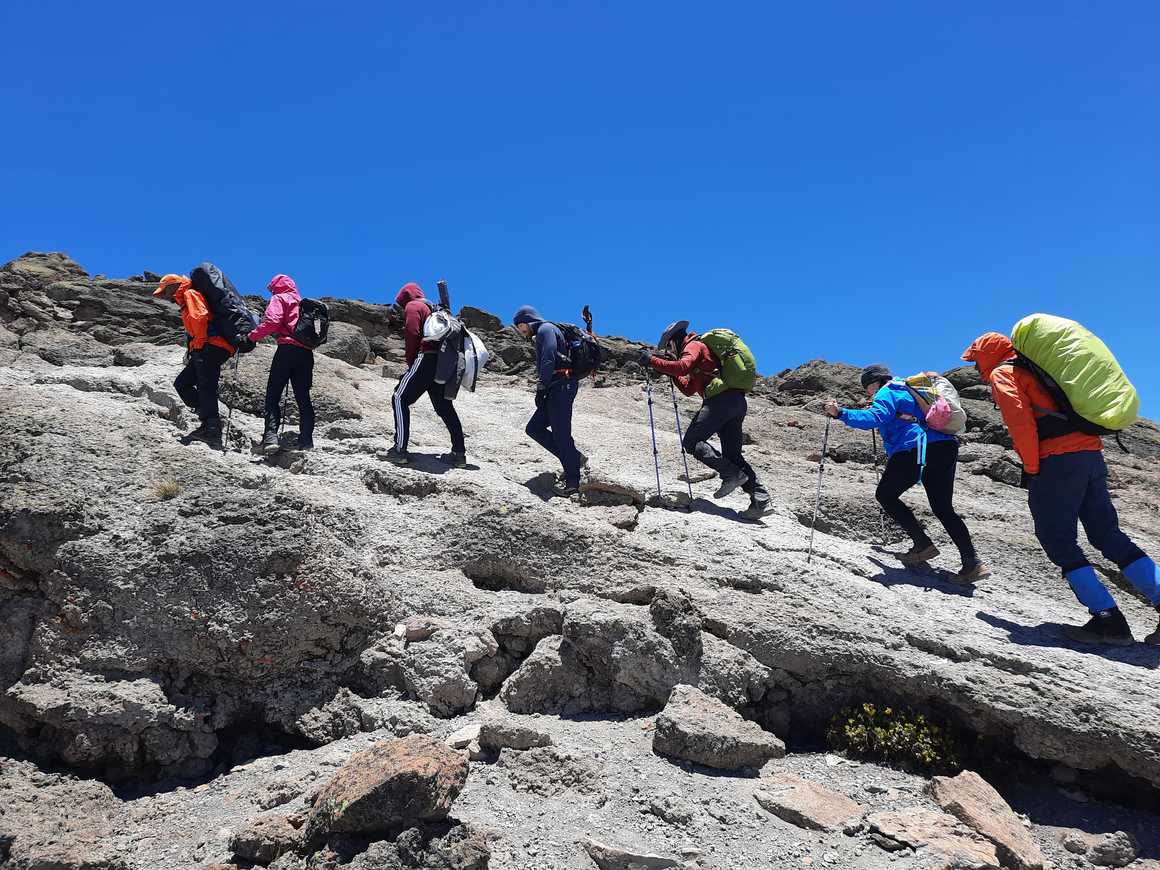
5. Summit day is the hardest
It’s not over just yet! After you’ve taken photos at the top
and had a moment to take in your great achievement, you will head back down to
Mweka campsite via Barafu Camp for lunch, dinner and a well-earned sleep. On
the final day of your trek, you will descend a further 1300m to Mweka Park Gate
from where you can transfer to your hotel.
6. You summit Kilimanjaro at night
With the light of your head torch to guide your feet, you
will be climbing a steep path for between 6 and 8 hours to reach Stella Point
on the crater rim if you are taking the Machame route or Gillman’s point on the
Marangu route. You should hopefully reach this point in time to witness the
sunrise. From there the track is less steep but it is another 45 to 60 minutes
to the summit.
7. Climbing Kilimanjaro is a marathon not a sprint
8. Your Kilimanjaro route matters
Depending on which Kilimanjaro route you choose, it takes
between 5-9 days to reach the summit and descend to the finishing point. By
choosing a longer route, you have more time to adjust to the altitude, a
decreased chance of suffering from altitude sickness and ultimately the best
chance of success on your Kilimanjaro trek.
Kandoo Adventures have an impressive summit success rate of 95% on all our Kilimanjaro routes which is due to the time dedicated to acclimatisation. For more information, check out our blog on the best route to climb Kilimanjaro.
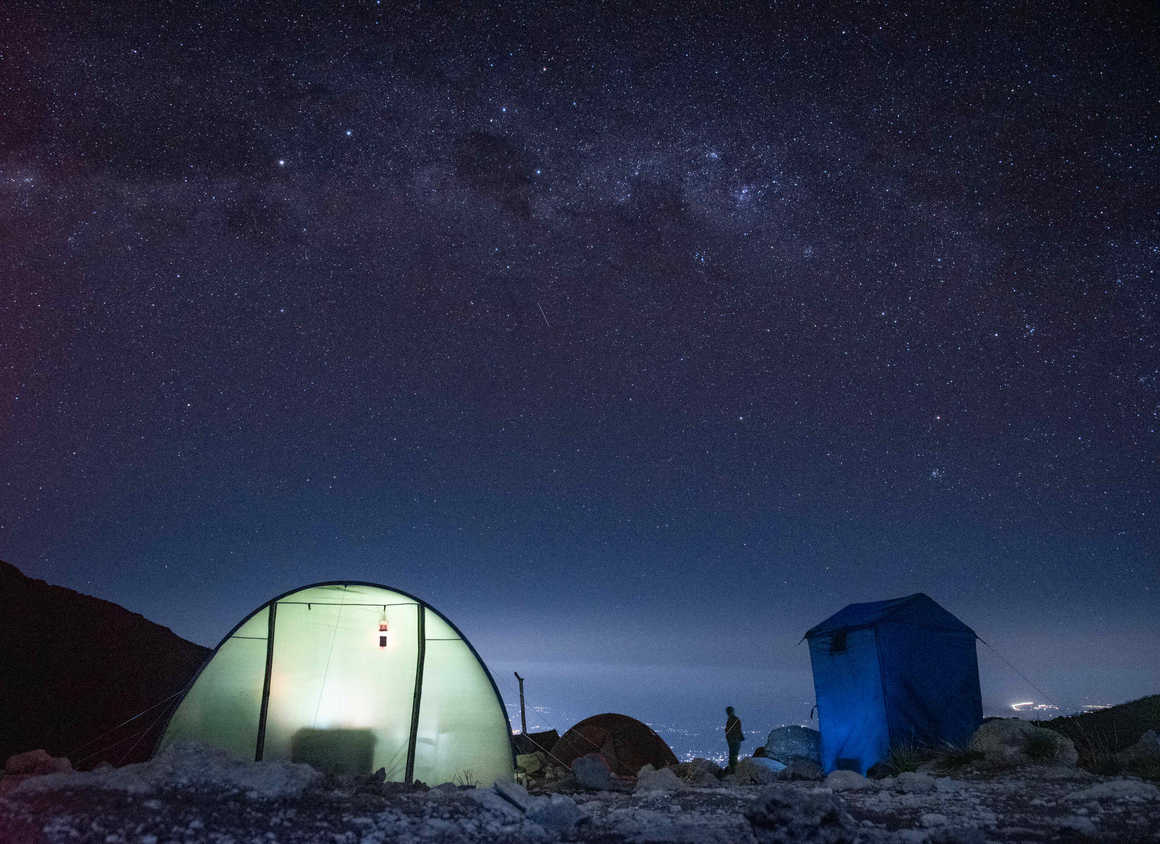
9. Bring everything on our packing list
Here you will find all the essential gear you will need to
climb Kilimanjaro and where possible we have included links to gear that we
personally use and recommend. You will need EVERYTHING on this list so be sure
to follow it exactly and make sure you are prepared.
10. Bring snacks
This is of course providing that you are happy to carry them
in your own daypack!
11. Pre-climbing training is important
We recommend building a training plan 6 to 12 weeks prior to
your climb to build your endurance. The training plan should include strength
training, aerobic exercise and most importantly, weekly hikes around the
countryside with a heavy bag. For more detailed information, check out our Kilimanjaro
training plan.
12. Tipping is expected
These figures are per group, not per climber and you will be
sent a copy of the tip recommendations and estimated numbers for your group.
The size of your group, however, can only be confirmed on the first day of your
climb.
The tipping announcement will take place on your last night
on the mountain where the team will gather to celebrate with you.
Representatives will come to your hotel once you reach the bottom of the
mountain to accept the tip on behalf of all the porters and they will
distribute the money themselves.
